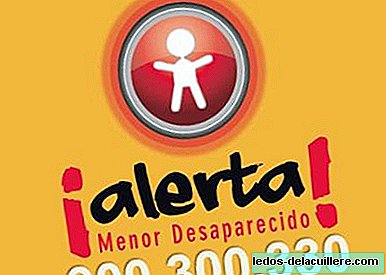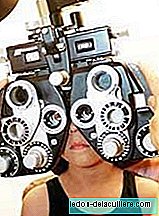
The highest European food safety authority (EFSA) has concluded (provisionally) that - for all population groups - Diet is the main source of exposure to Bisphenol A (BPA), although the exposure is less than previously estimated. It turns out that since February 2012, a complete re-evaluation of the risks associated with human exposure to BPA through diet is taking place, taking into account the contribution of food sources, and others that are not.
To refresh the memory a bit, the BPA is a chemical compound that is used in materials in contact with food (packaging) and other consumer products (such as purchase tickets). The first review of the authority on exposure to BPA was conducted in 2006, and at a later stage, the EFSA will focus on the assessment of possible health risks, it should be said, that some researchers are already anticipating some of them (such as children who have been exposed during pregnancy and postnatal period, raise the risk of getting asthma).
The second most important source (after the diet) is thermal paper
Scientists find that food exposure to BPA is higher between children from three to ten years, and reach this conclusion because - in relation to their body weight - they consume more food. Canned foods, and packaged meat products, have been identified as the ones that contribute most to this exposure at all ages.
In case you wonder how these estimates have been obtained, EFSA experts in the field have applied two approaches:
The modeling, through which exposure is assessed through food sources and others (air, toys, dental sealants, etc.), as well as the ways by which BPA reaches the body: diet, inhalation and skin contact. This method allows the estimation of the exposure of all sources that can be identified and quantified individually.
Urinary biomonitoring: used to corroborate the estimates of scientists by determining urine samples.
For the purpose of expand PBA sources a little more, more than anything in case anyone has an interest in avoiding it. It is used in the manufacture of polycarbonate plastic, epoxy resins, thermal paper, dishes, kitchen utensils, liquid containers and food containers, food liners, beverage cans, printing inks, medical devices, etc.

Finally, it should be noted that comparing the data obtained in 2006, it is estimated in the latest research that for babies, food exposure is actually 30 times lower than what was claimed seven years ago, and for adults it is 11 times smaller. Even so, there is exposure, so we will expect more news about the health repercussions, since BPA is an endocrine disruptor.
Images | Paul Schultz, Anthony Albright Via | AESAN More information | EFSA On Peques and More | Some substances that plastics contain can interfere with the development of the nervous system












